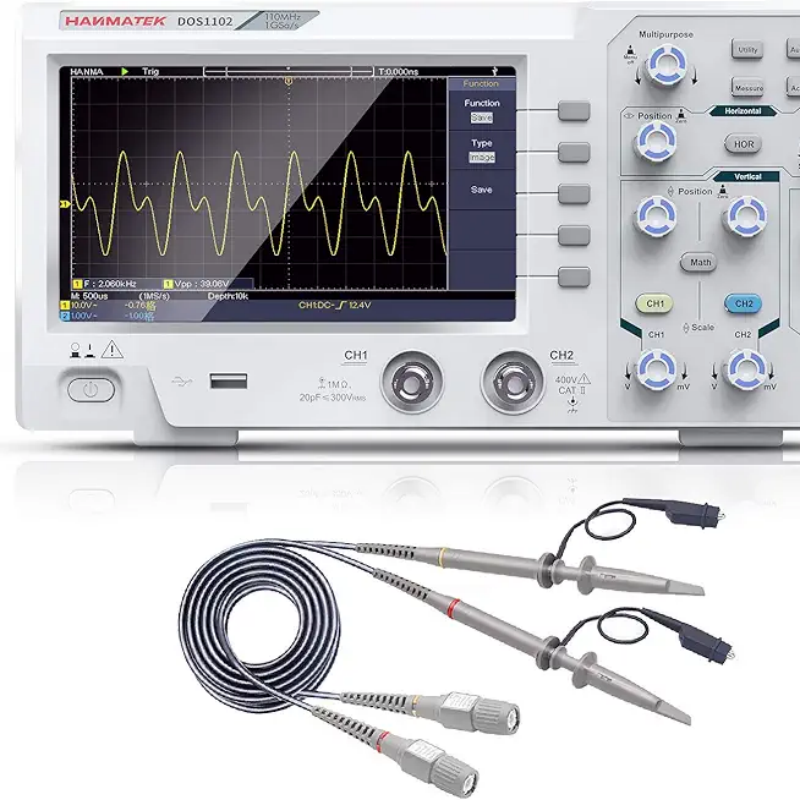When it comes to electronic testing and signal analysis, the oscilloscope stands out as an indispensable tool in labs and industries around the globe. This incredible device allows engineers, technicians, and hobbyists to visualize electrical signals, enabling them to capture and analyze waveforms in real-time. An oscilloscope not only helps in debugging but also plays a crucial role in design validation, signal analysis, and troubleshooting various electronic devices. As our world becomes more reliant on technology, oscilloscopes have evolved significantly, integrating advanced features that make them more powerful and user-friendly. In this article, we will explore the workings of an oscilloscope, examine its different types, and understand its applications across various fields, ensuring that by the end, readers will have a comprehensive appreciation of this remarkable instrument.
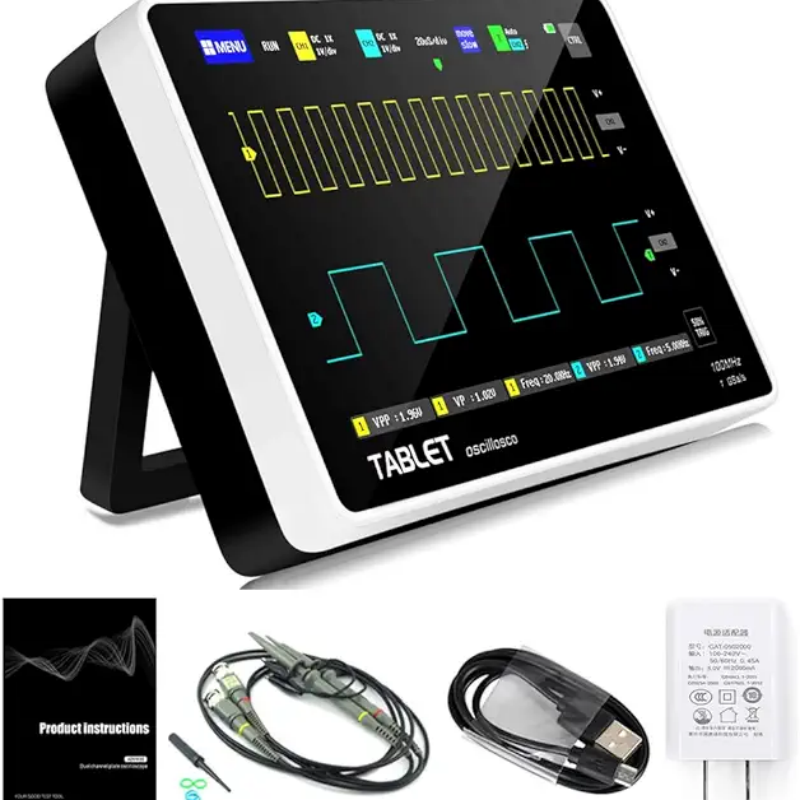
What Is an Oscilloscope?
An oscilloscope, often referred to as a ‘scope,’ is an electronic instrument that allows users to visualize electrical signals as waveforms on a screen. By displaying voltage over time, oscilloscopes provide a graphical representation of signal characteristics such as frequency, amplitude, rise time, and distortion. When dealing with complex signals, the oscilloscope becomes essential for capturing transient events that can’t be seen with other measurement tools, like multimeters.
The basic operation of an oscilloscope revolves around sampling an electrical signal and converting it into a visual display. The input signals are typically fed into a probe, which connects to the device. The oscilloscope then translates the input into a digital format, allowing users to interpret and analyze the data. With advancements in technology, modern oscilloscopes now include features such as advanced triggering options, built-in analysis functions, and connectivity to computers for enhanced data handling and visualization.
The Anatomy of an Oscilloscope
To better understand how an oscilloscope functions, it’s essential to discuss its core components. Although different models may have varied features, the fundamental structure remains consistent across oscilloscopes.
Display
The display is the focal point where all the action happens. Modern oscilloscopes come with high-resolution LCD or LED screens that show the waveform in real-time. Some oscilloscopes also allow for touch interaction, making it easier for users to navigate menus and settings.
Probes
Probes connect the circuit under test to the oscilloscope. They play a pivotal role in transferring the electrical signal into the device. Different types of probes are designed for various applications and signal complexities.
Input Channels
Oscilloscopes typically feature multiple input channels, allowing users to observe several signals simultaneously. This is especially useful for debugging complex circuits where interactions between different signals must be considered.
Control Interface
The control interface consists of buttons, knobs, and sometimes touch screens that allow users to adjust settings like voltage levels, timebase settings, and triggering options. Mastery over these controls is crucial for efficient signal analysis.
Internal Software
Recent advancements in technology have integrated advanced software functions within oscilloscopes. This internal software offers various measurement tools, data analysis features, and the ability to store and recall previous waveforms.
Types of Oscilloscopes
Oscilloscopes come in various forms, each tailored for specific applications. Understanding the different types can help users select the right device for their needs.
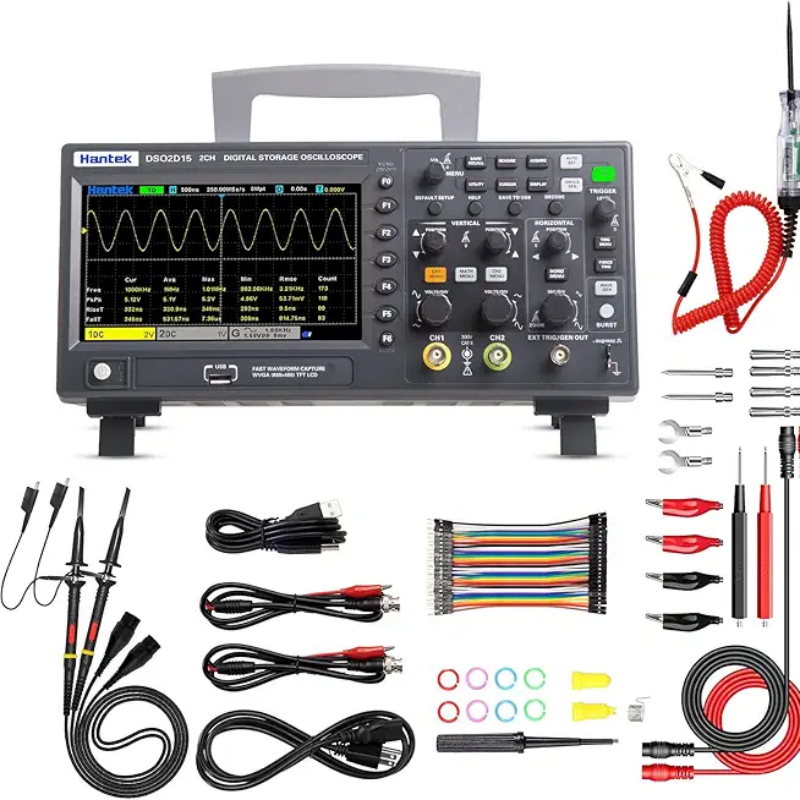
Analog Oscilloscopes
Analog oscilloscopes have been around for decades and utilize a cathode ray tube (CRT) to display the waveform. They generate real-time displays and are known for their simplicity and ease of use. However, they have largely been supplanted by modern digital oscilloscopes due to their limitations in capturing high-speed signals and lack of advanced analysis features.
Digital Oscilloscopes
Digital oscilloscopes have become the norm in laboratories. They use an analog-to-digital converter (ADC) to measure voltages and convert them into digital values that are then processed and displayed. This allows for extensive data manipulation and advanced triggering capabilities.
Mixed Signal Oscilloscopes (MSO)
Mixed Signal Oscilloscopes are a hybrid device combining the capabilities of a digital oscilloscope and a logic analyzer. This enables the user to analyze both analog and digital signals, making it especially beneficial for debugging embedded systems and microcontroller applications.
Portable Oscilloscopes
Portable oscilloscopes are compact, lightweight devices designed for field applications. They are battery-operated and provide essential oscilloscope functions in a smaller form factor. While they may lack some advanced features, their portability makes them practical for on-site testing.
PC-Based Oscilloscopes
Some oscilloscopes connect to a computer via USB and utilize the computer’s processing power for analysis and display. This gives users access to more extensive software capabilities, making these oscilloscopes versatile tools in modern laboratories.
Specialty Oscilloscopes
There are specialized oscilloscopes tailored for specific applications, such as automotive diagnostics, RF signal testing, or low-frequency analysis. These oscilloscopes may include standard features with enhancements designed for particular testing requirements in their respective fields.
Applications of Oscilloscopes
The applications of oscilloscopes are broad and can be found across many sectors. In this section, we will explore several key fields where oscilloscopes play an essential role.
Electrical Engineering
Engineers rely heavily on oscilloscopes to design and troubleshoot electronic circuits. They use them to monitor signal integrity, measure voltage levels, and ensure that circuits operate as intended. An oscilloscope is invaluable during both the design phase and for ongoing maintenance of electrical systems.

Telecommunications
In telecommunications, oscilloscopes are employed to analyze signal transmissions and assess the quality of communication links. Engineers can visually inspect the waveform to identify distortions, noise, or signal degradation that could affect performance.
Automotive
Today’s vehicles are highly complex and rely on numerous electronic systems. Automotive technicians use oscilloscopes to diagnose issues in diagnostics while troubleshooting sensor signals, actuator signals, and more. With mixed-signal oscilloscopes, they can assess both analog and digital signals simultaneously.
Education
Educational institutions utilize oscilloscopes in their laboratory settings to teach principles of electronics and signal analysis. Students gain valuable hands-on experience by engaging with oscilloscopes, helping them understand theoretical concepts more effectively.
Research and Development
In research environments, oscilloscopes play a crucial role in experimental setups. Whether investigating physical phenomena, developing new technologies, or conducting advanced studies, researchers depend on oscilloscopes to capture precise measurements.
Medical Equipment
In the medical field, oscilloscopes can be employed to analyze signals from medical devices and equipment, ensuring that health monitoring systems provide accurate data. As technology matures, specialized oscilloscopes are now being integrated into diagnostic tools.
Choosing the Right Oscilloscope
Selecting the appropriate oscilloscope for specific tasks can be overwhelming given the variety available on the market. However, considering several essential factors can guide users in making an informed decision.
Bandwidth
Bandwidth refers to the range of frequencies that an oscilloscope can accurately measure. Higher bandwidth oscilloscopes can capture faster signals. Users should estimate the maximum frequency of signals they will be working with to ensure they choose a scope with appropriate bandwidth.
Sampling Rate
The sampling rate determines how often the oscilloscope takes measurements of the incoming signal. Higher sampling rates improve the accuracy of the displayed waveform and allow for the analysis of faster transient signals. It is often expressed in samples per second (S/s).
Number of Channels
While many basic applications may only require one or two channels, users working with complex systems or requiring simultaneous signal analysis will benefit from oscilloscopes featuring multiple channels.
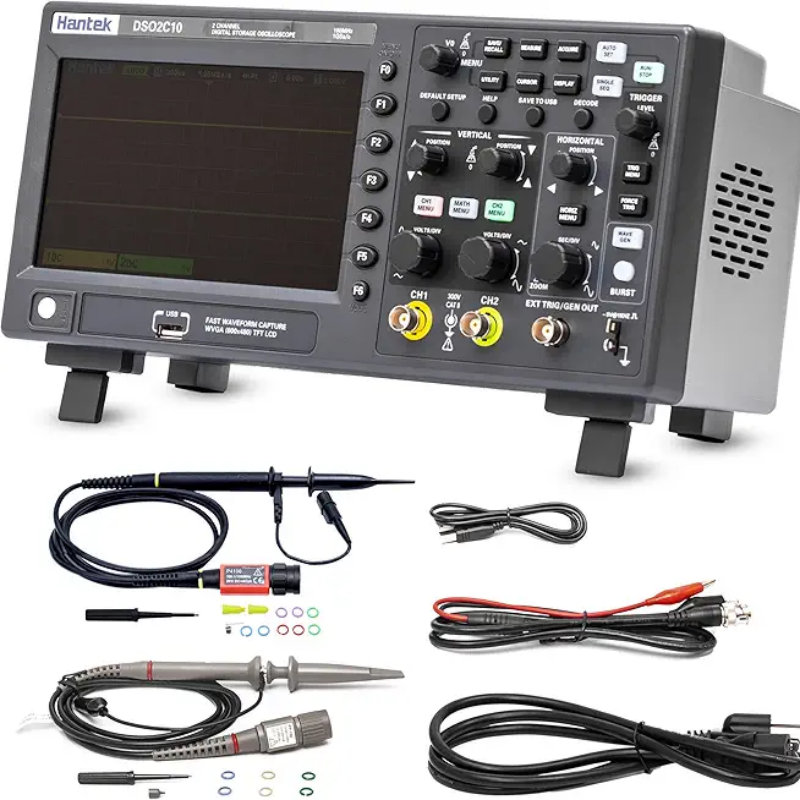
Memory Depth
Memory depth pertains to the amount of data the oscilloscope can store for analysis. Larger memory depth allows for longer capture times and greater detail in historical waveform analysis.
Advanced Features
Consider which advanced functionalities are valuable for intended applications—features like persistence mode, automatic measurements, and serial decoding can significantly enhance signal analysis capabilities.
Budget
Finally, budget constraints play a significant role in the selection process. While advanced oscilloscopes offer a wealth of features, it is crucial to find a balance between required functionality and affordability.
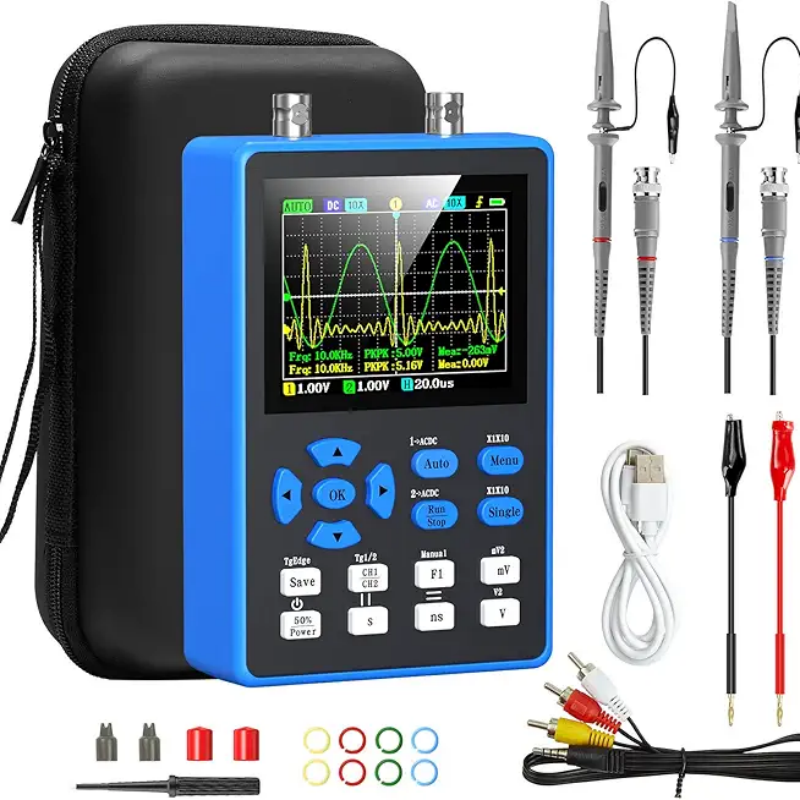
Conclusion
Oscilloscopes are vital tools in both professional and educational settings, enabling users to visualize and analyze electronic signals effectively. Whether you are an engineer designing intricate circuits, a student learning the fundamentals of electronics, or a technician troubleshooting an automotive system, understanding the workings, functions, and types of oscilloscopes can enhance your capabilities and improve your outcomes.
As technology continues to advance, the functionality and features of modern oscilloscopes evolve, providing users with more data and deeper insights into the signals they work with. With this comprehensive knowledge of oscilloscopes, their types, applications, and selection criteria, readers can make informed decisions and fully appreciate their value in various domains. Embracing the versatility and power of oscilloscopes can undoubtedly pave the way for innovation in countless fields, transforming the way we interact with and understand electronic systems.
